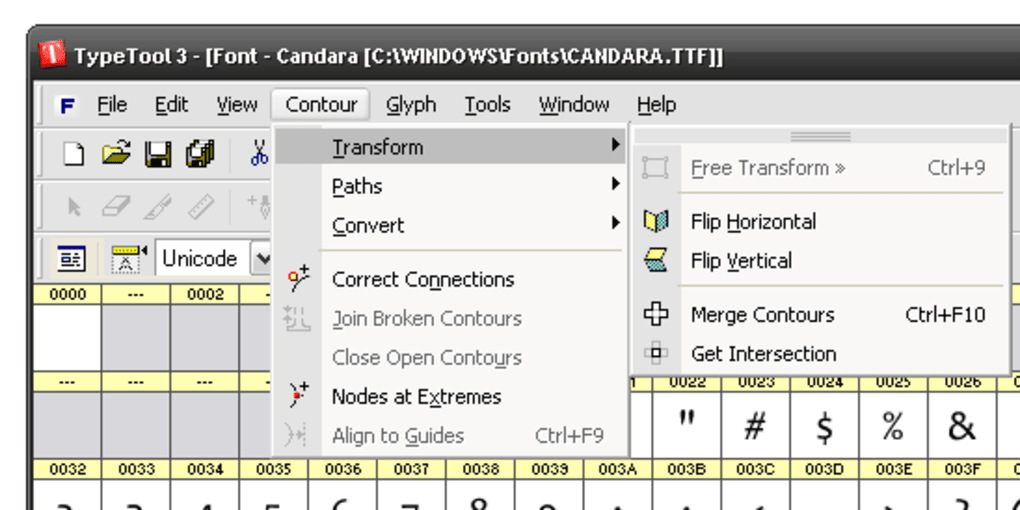

At this time, the scale and number of transients being identified and recorded by the AS, at Station 30, were very small. The system typically identifies some 1300 events per day that do not justify an alert and are dismissed.Īt approximately 2303, TransCanada's Line Break Detection Application (LBDA) detected the "First Transient Wave," indicating a possible line break on the pipeline system.

Upon receipt of an AS alert, the CGCC is required to verify the event from other sources before taking action. The CGCC is alerted when a priority exceeds the marginal level. The AS assigns priorities to an event from insubstantial, through marginal, weak, moderate, substantial, strong to very strong. The AS does not duplicate information available from the SCADA or other tools rather, it continuously monitors existing data, analyzes for cause, and alerts the CGCC once a reasonable degree of confidence in the significance of an identified event has been established. The AS consists of five detection modules: bottleneck, anomaly, transient, MLV closure, and rapid line break. One component of TransCanada's computer-based systems is the Advisory System (AS), which is an expert system developed to complement existing pipeline operations. At Station 34D, located immediately downstream of the rupture site, natural gas was being discharged into Lines 100-4, 100-5and 100-6and was being free-flowed into Lines 100-1, 100-2and 100-3.

All side valves and all tie-over valves at the station were in the open position, allowing natural gas to flow through these valves. At Compressor Station 30, located upstream of the rupture site, natural gas was being discharged in a common configuration with compressor plants D and E on line. Factual informationĪt approximately 2300 Central daylight time Footnote 1 a rupture occurred on the 914-millimetre(mm) natural gas transmission Line 100-3(main line) of TransCanada PipeLines (TransCanada) at main-line valve (MLV) 31-3 + 5.539 kilometres(km), approximately 2 km from the village of Brookdale, Manitoba.īefore the rupture, all pipeline operations were normal and being managed out of the TransCanada Calgary Gas Control Centre (CGCC) through the Supervisory Control and Data Acquisition (SCADA) system. As a precautionary measure, approximately 100 people were evacuated from the occurrence area within a four-kilometre radius, including the village of Brookdale, for a period of one day. With the automatic closure of main-line valves upstream and downstream of the rupture site, the fire self-extinguished at 0230 on 15 April 2002. Following the rupture, the sweet natural gas ignited. At approximately 2300 Central daylight time, on 14 April 2002, a rupture occurred on the 914-millimetre-diameter natural gas transmission pipeline, at a zone of near-neutral (low) pH stress corrosion cracking, on Line 100-3 of the TransCanada PipeLines, at main-line valve 31-3 + 5.539 kilometres, approximately two kilometres from the village of Brookdale, Manitoba.


 0 kommentar(er)
0 kommentar(er)
